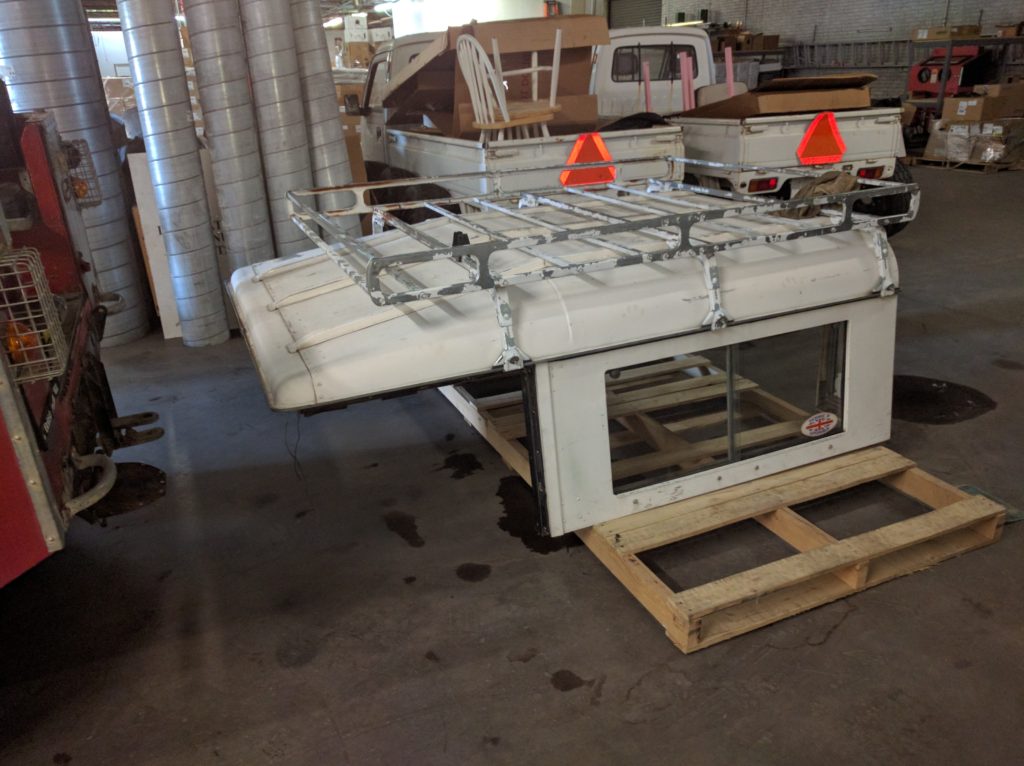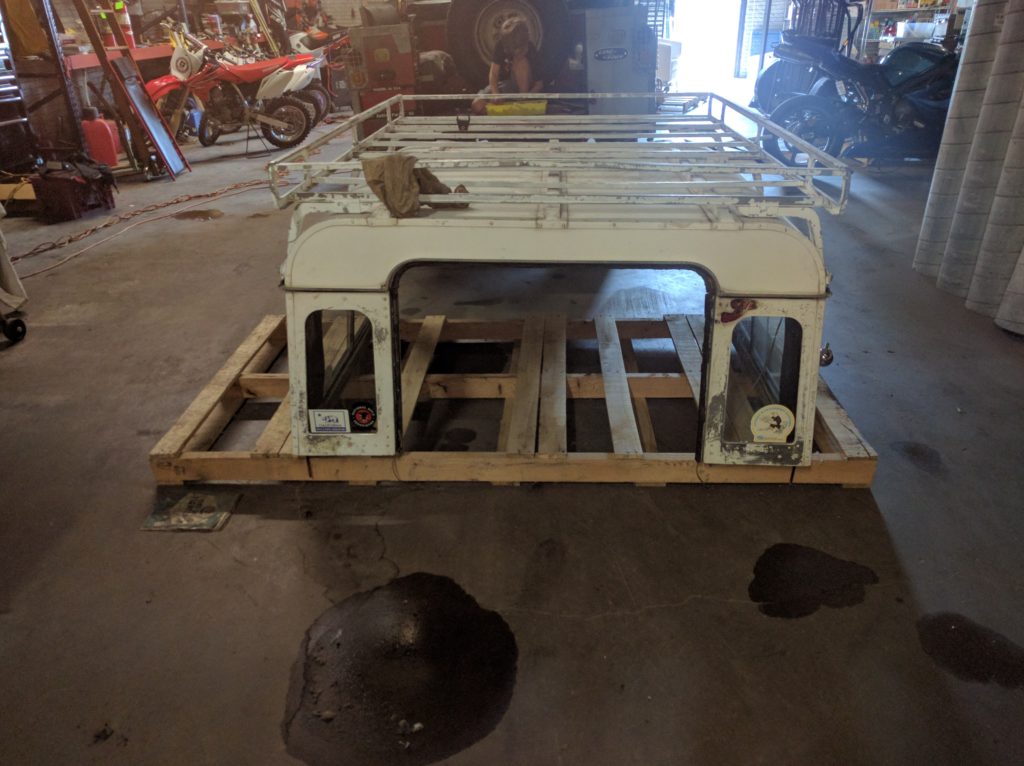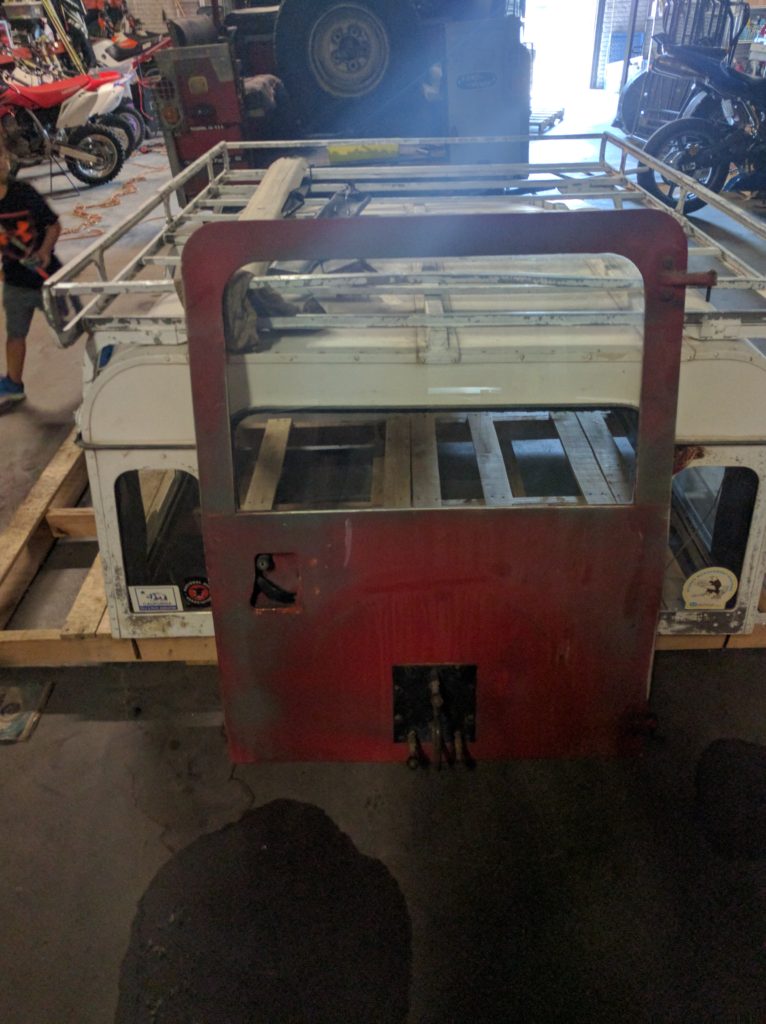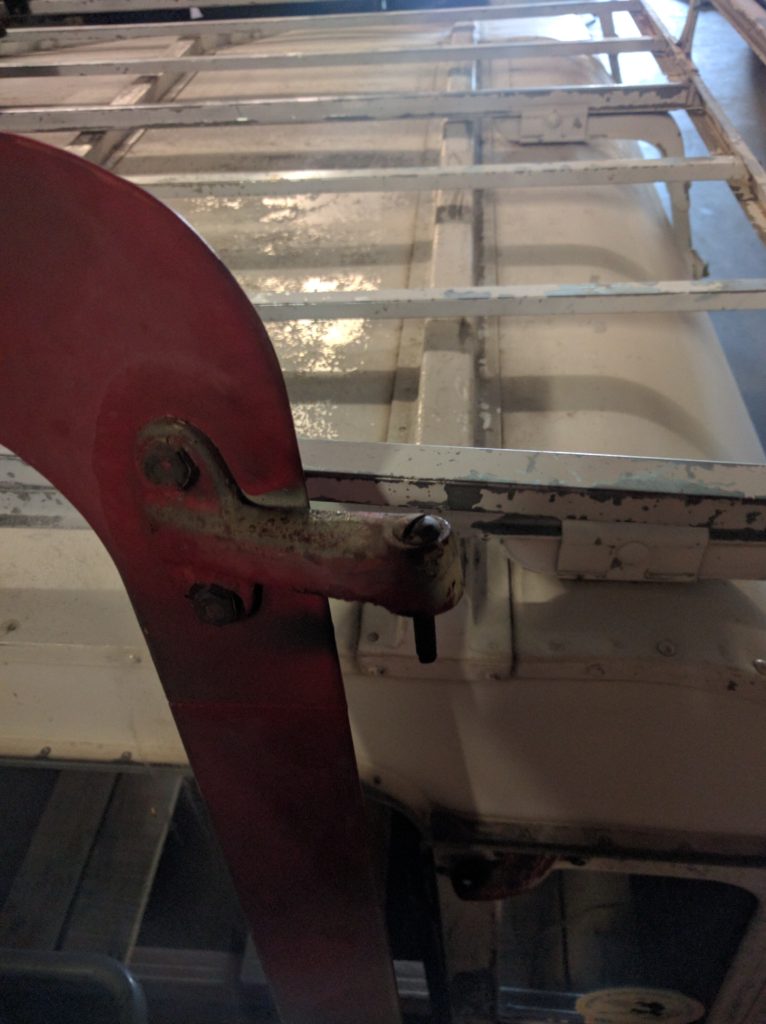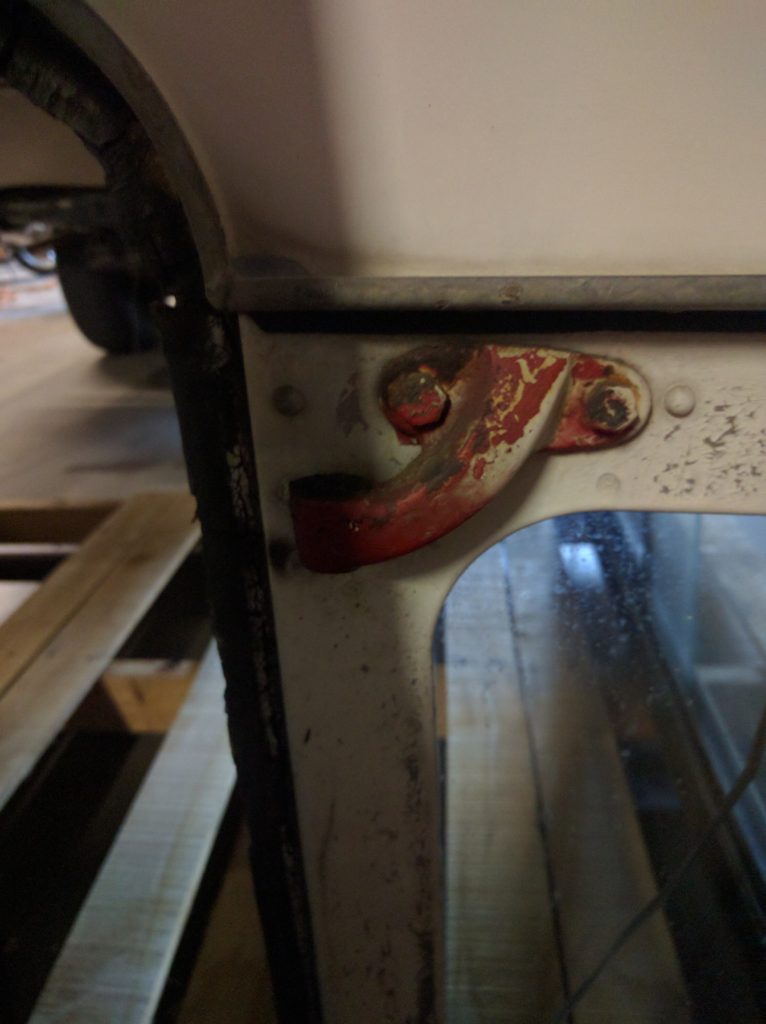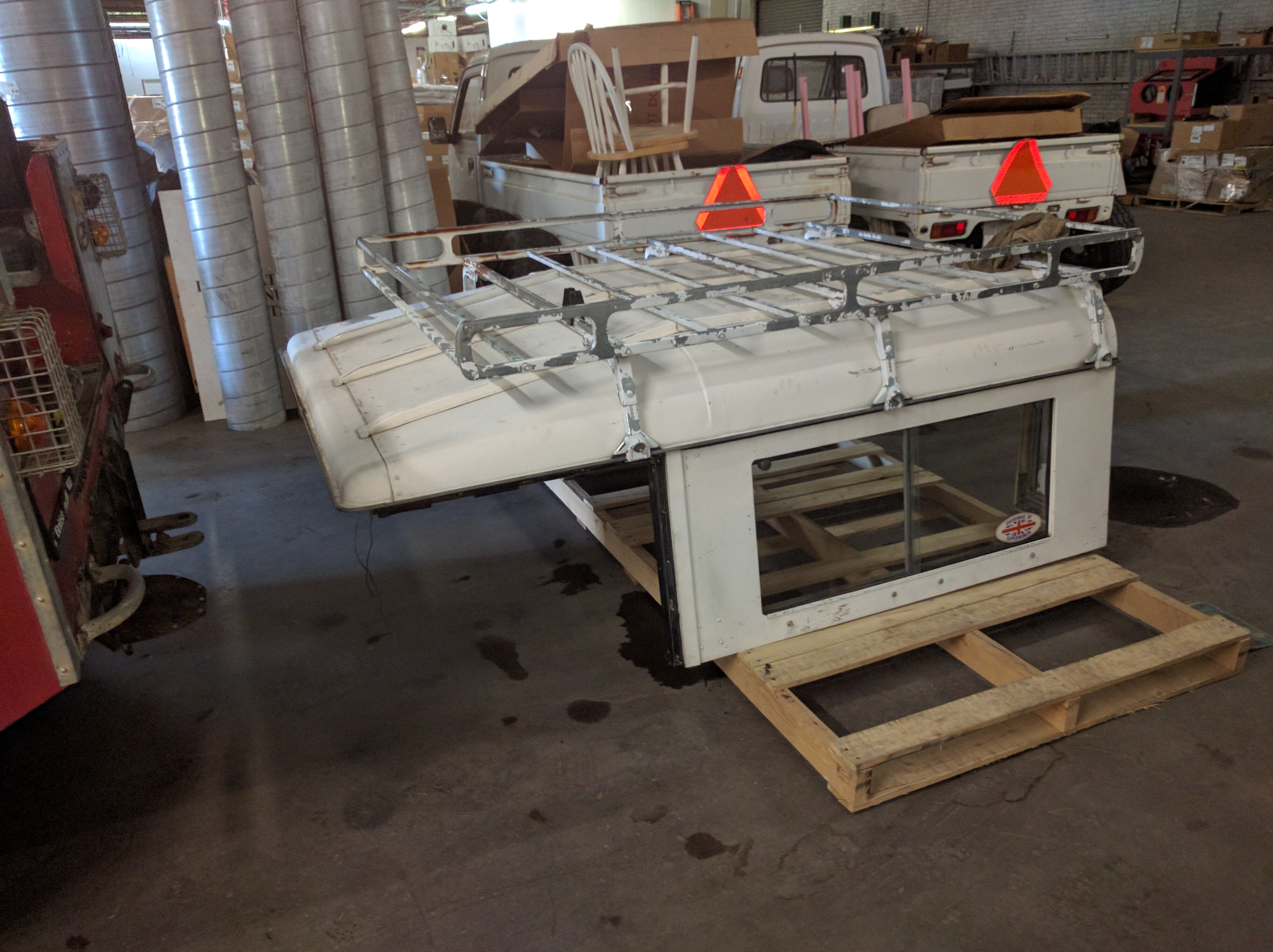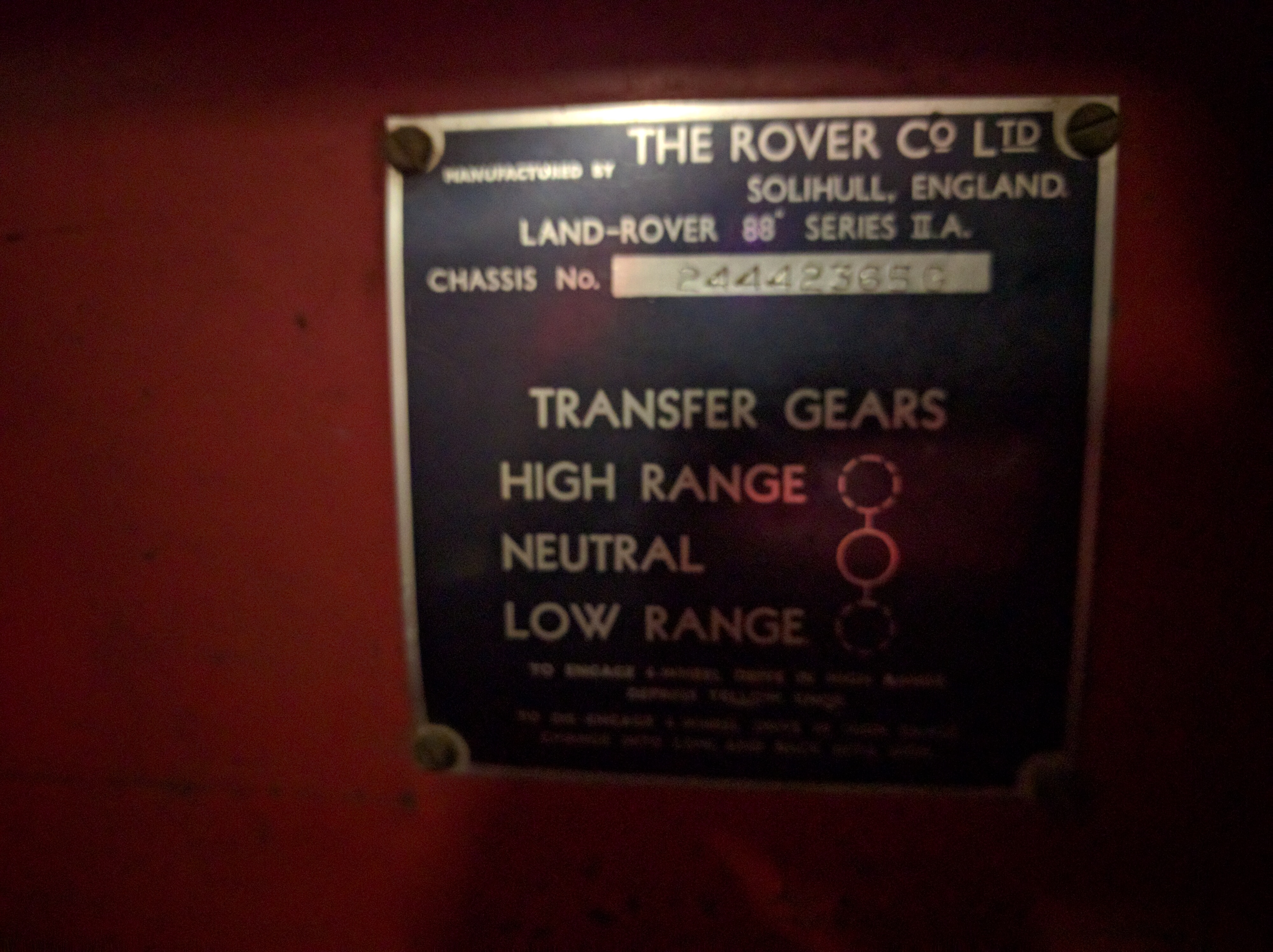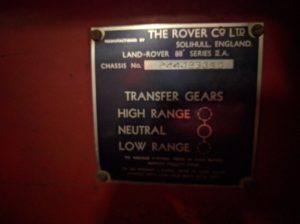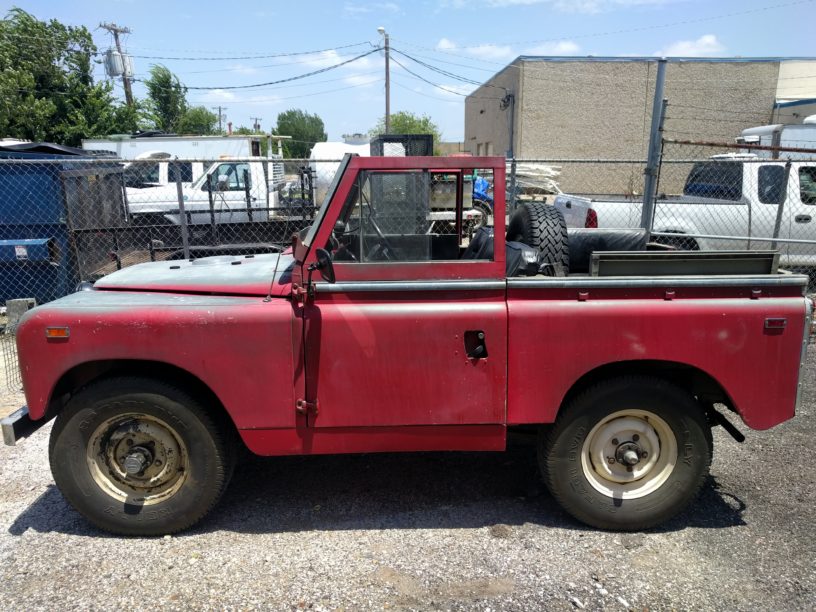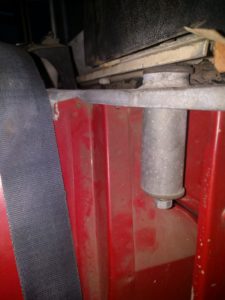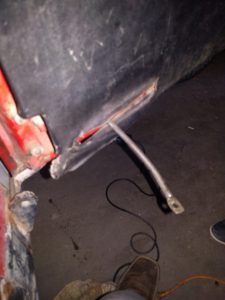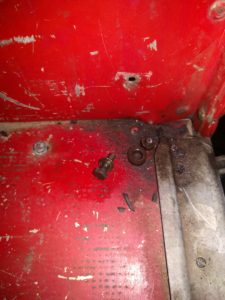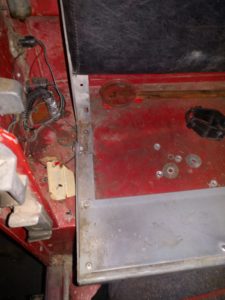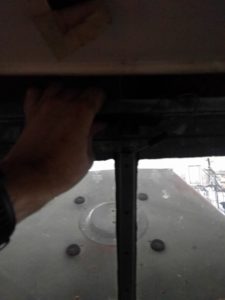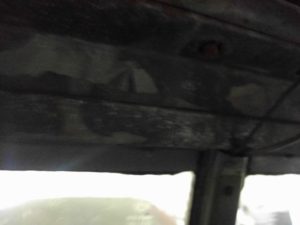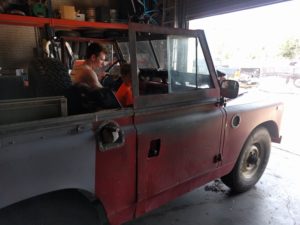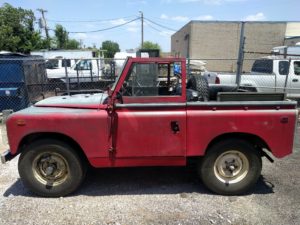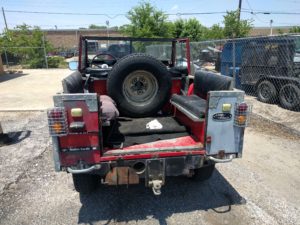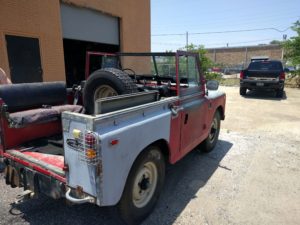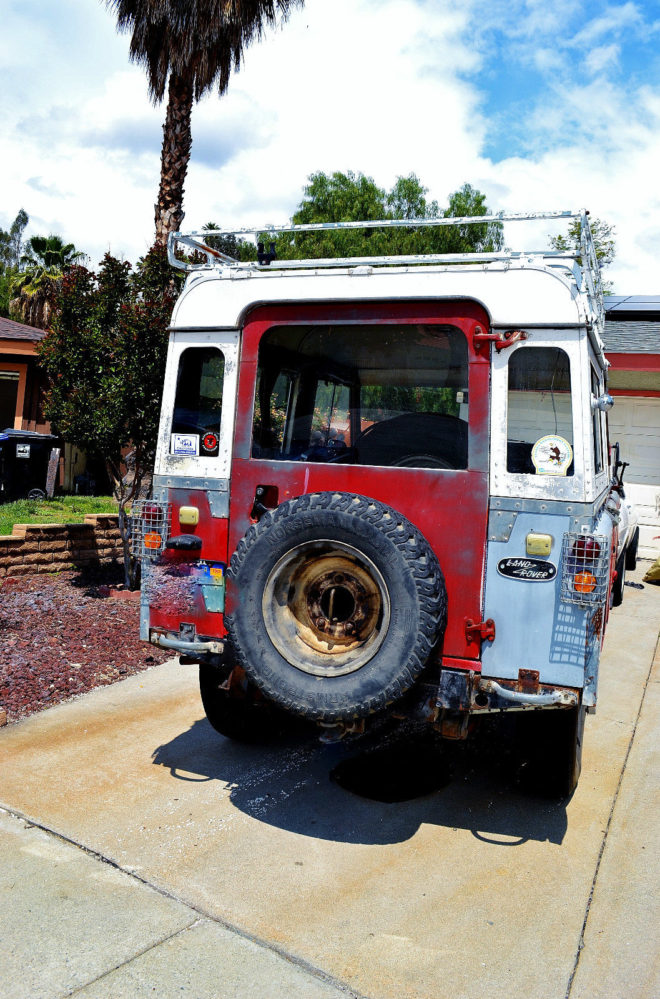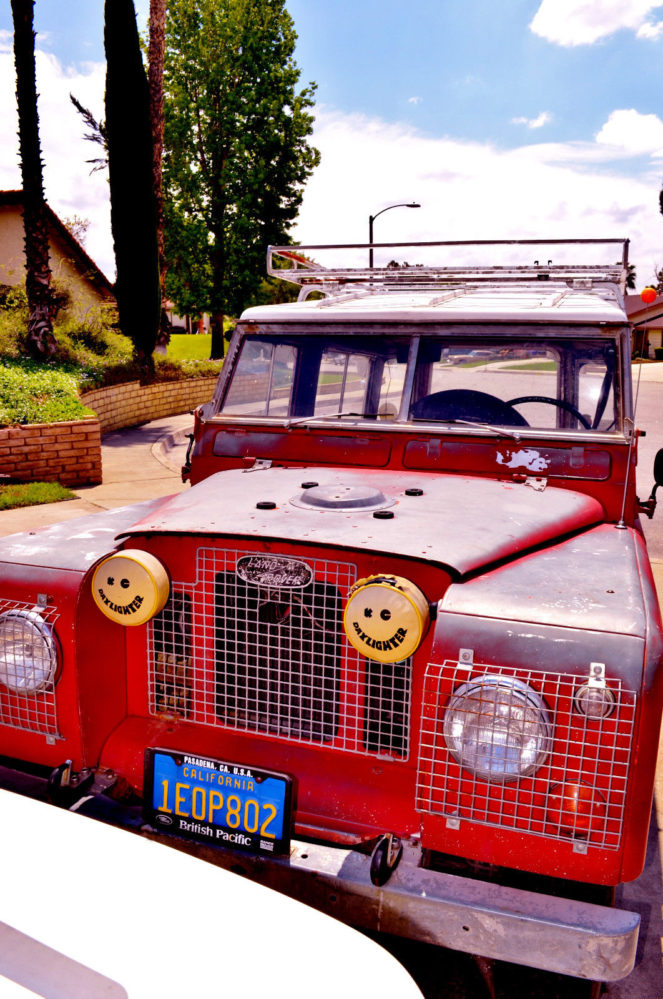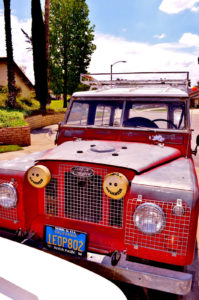Below you will find pictures that were posted on E-Bay that led me to purchase this ’69 Land Rover. The truck was purchased in June of 2016 in Highland California from a gentleman who had owned the truck since 1984.To validate the condition of the truck, I flew to LA on June 5, 2016 to inspect the truck. It was advertised; relatively rust free and operable.
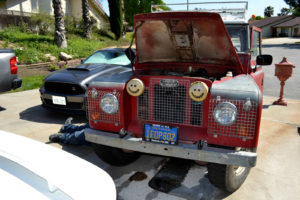
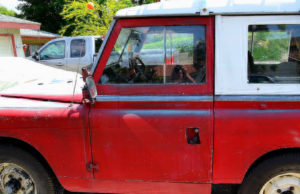
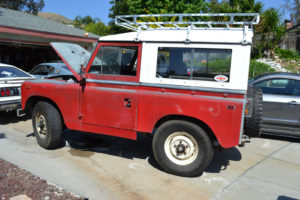
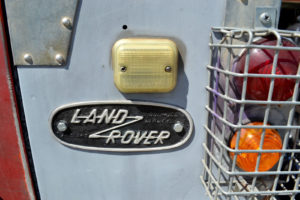
The truck started easily and ran with the choke off quickly. There were signs of several oil leaks, but nothing unexpected for a truck of this age that hadn’t been driven in 10 plus years.
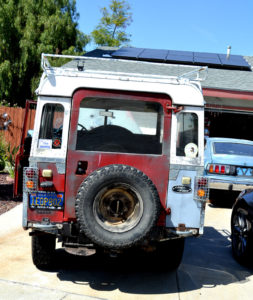
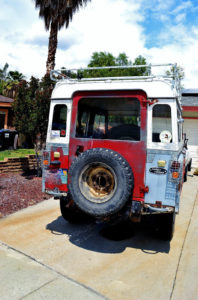
The only significant visible body damage was observed on the passenger side rear fender. The primer was an easy indicator and the surface has visible signs of body filler. However the rear of the panel didn’t appear badly deformed suggesting that the damage was minor or that the body work was passable.
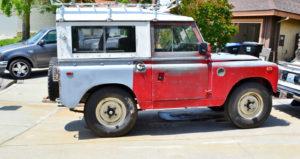
The battery box wasn’t original but otherwise, the engine compartment looked to be all there. There were a few retrofit items, but nothing that cannot be sourced and replaced as time goes on.
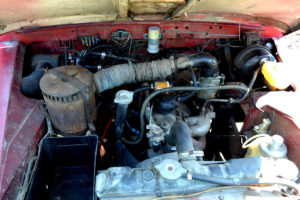
The dash plate confirms that the truck is a North American model, not an import.
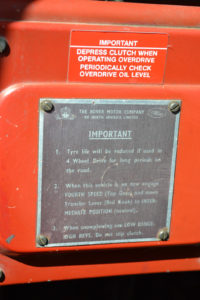
The truck is fitted with 16″ wheels, but the owner has included the original 15s in the sale.
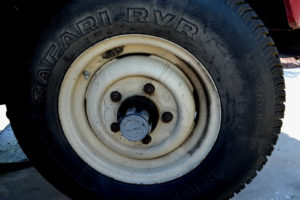
It also comes with some spare parts and odds and ends collected over 30 years of ownership. What is not shown is a complete shop manual and receipts for the various replacement parts and upgrades made over the years – invaluable!
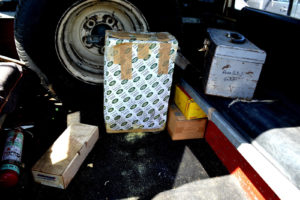
The drivers side seat has been replaced and the replacement is worn. However worn, it remains the best part of the interior which is otherwise in need of attention. The passenger seat is held together with duct tape and none of the instruments appear to function correctly. There is tachometer afixed to the steering column which appears to be the only working gauge Minus the turn signals, none of the lights work which could be a wiring issue or failed bulbs.
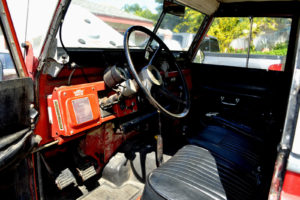
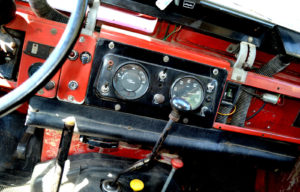
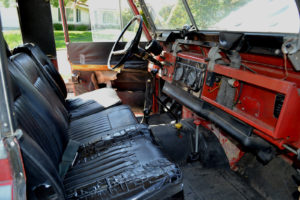
Overall, the truck is a great starting point for a project.
